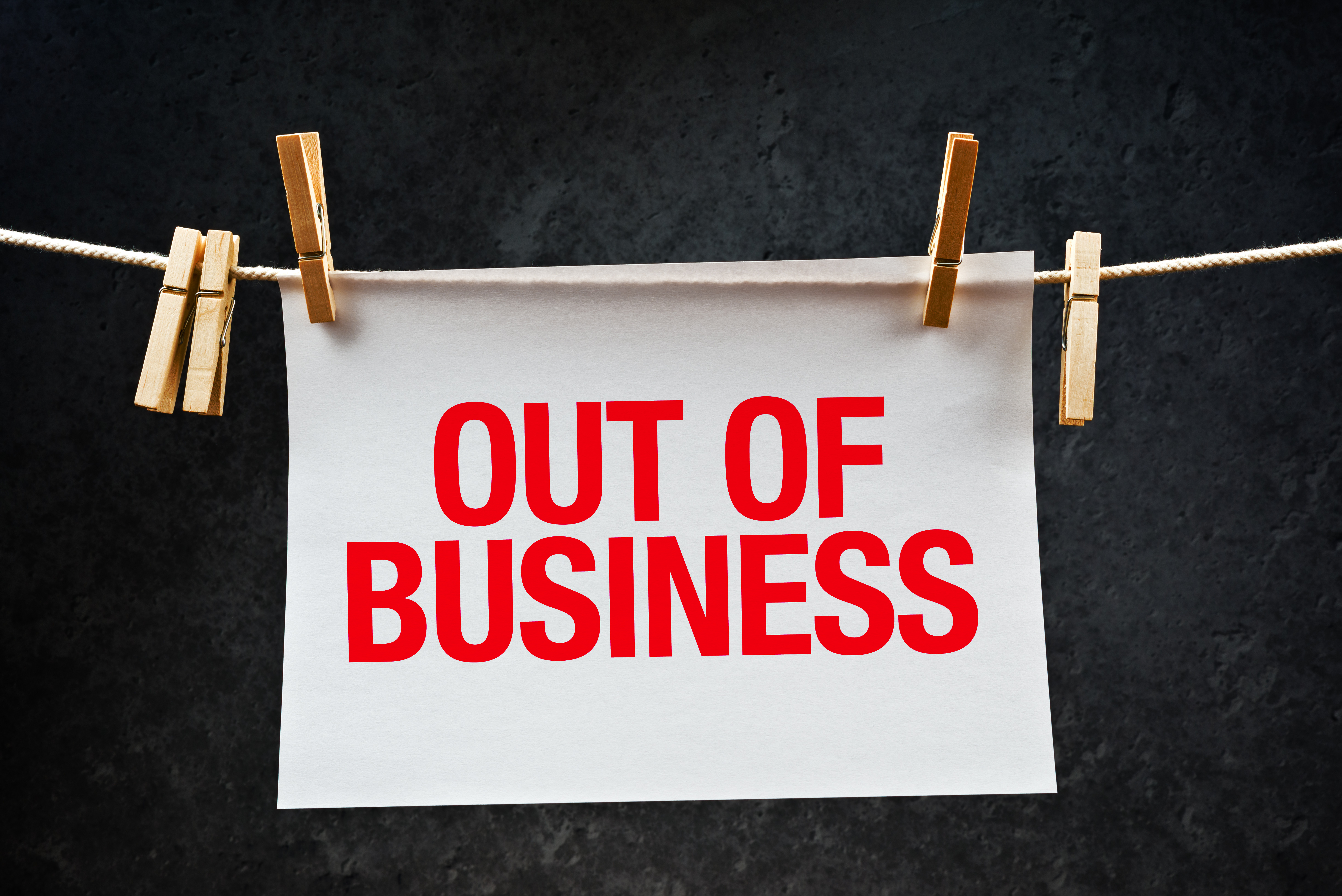Have you ever paused to reflect on the profound impact that manufacturing has on our environment? As I navigated the intricate world of OEM (Original Equipment Manufacturer) practices, a sense of urgency washed over me. The clarion call for sustainability resonates louder than ever, and it’s clear that the manufacturing sector holds a pivotal role in addressing these pressing challenges. This isn’t just a responsibility; it’s an opportunity for innovation and resilience that we cannot afford to ignore.
In recent years, I’ve been fortunate enough to witness the transformative journeys of various companies as they strive to embrace eco-friendly solutions. The stories are truly inspiring. For instance, a local manufacturer recently made the bold switch from petroleum-based materials to bioplastics. Observing their commitment inspired hope within me. Have you ever considered how your decisions can contribute to more sustainable outcomes? Find more relevant information about the subject by visiting this carefully selected external resource. OEM, extra information available.
Innovative Materials: Paving the Way
As manufacturers begin to explore eco-conscious alternatives, innovative materials emerge as champions of sustainability. Transitioning to materials that have a lesser environmental impact not only aids in conservation but also cultivates a sense of community and shared responsibility. Have you taken a moment to rethink what truly matters in your life? Perhaps it’s time to reconsider the materials we routinely use in manufacturing.
Each of these alternatives gives us a promising glimpse into a sustainable future. While the transition can feel daunting, I assure you that even the smallest changes can lead to significant impacts. By embracing these materials, companies can not only survive but truly thrive in an increasingly eco-conscious marketplace.
Energy Efficiency: The Heart of Sustainability
Energy consumption within manufacturing presents another critical area ripe for change. I vividly remember visiting a factory that had dramatically transformed its operations by shifting to renewable energy sources. The palpable energy in that space was invigorating! Can you envision the empowerment of reducing reliance on fossil fuels while simultaneously enhancing operational efficiency?
Here are a few strategies that manufacturers are adopting:
These initiatives not only lead to cost savings but also stand as a testament to a company’s commitment to a sustainable future. As consumers, we are increasingly attuned to brands that prioritize environmental stewardship. Are you ready to support those making meaningful contributions to our planet?
Engaging Employees in Sustainability Efforts
But engagement extends beyond just materials and energy; it profoundly influences the culture within manufacturing companies. Have you ever found yourself feeling More inspiring ideas inspired when you’re part of something larger than yourself? Empowering employees to participate in sustainability initiatives fosters a sense of belonging, driving collective change in significant ways.
Manufacturers that actively involve their workforce in sustainability initiatives often see remarkable results. A friend of mine who works in an OEM company recounted how they launched an employee-driven recycling program. The enthusiasm was contagious, sparking innovative ideas for waste reduction. The team felt acknowledged, and everyone’s contributions ignited a shared passion for sustainability.
When employees are engaged, their loyalty to the organization deepens, resulting in higher retention rates and overall job satisfaction. Isn’t it astounding how a little encouragement for collaboration can yield such powerful outcomes?
The Path Forward: Collaboration is Key
As we navigate the complexities of sustainability, one truth stands out: collaboration among stakeholders is essential. Within the manufacturing landscape, engaging suppliers, customers, and even competitors can spark significant improvements. I recently attended a conference where leaders from diverse companies shared best practices. The room buzzed with passion as they discussed partnerships aimed at collectively reducing their carbon footprints. Have you thought about how collaboration could enhance your community?
Collaborative efforts can facilitate resource-sharing, inspire innovation, and pave the way for a brighter future for the entire industry. By aligning values and objectives, manufacturers can support each other in implementing eco-friendly practices.
The journey toward sustainability may seem overwhelming, but it’s important to remember that every small step counts. Are you prepared to take that first step toward a more sustainable future in your own endeavors? Dive deeper into the topic with this recommended external content. OEM, uncover fresh viewpoints!


